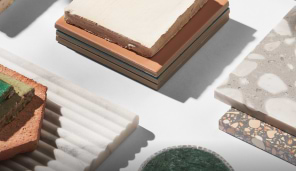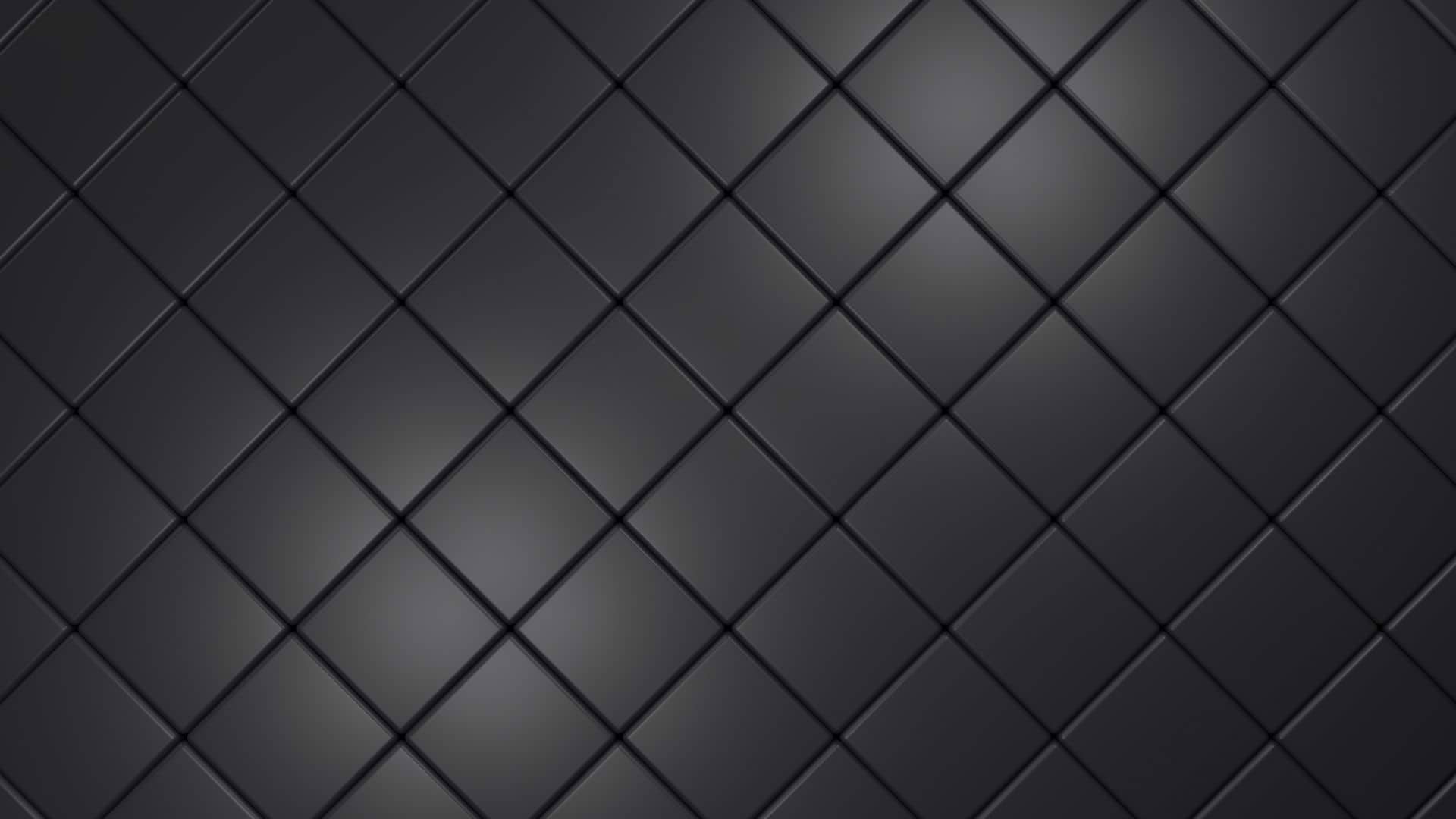How You Should Remove Tile Grout
Proper tile grout removal is more than just a task. It’s a crucial step towards maintaining the integrity and aesthetics of tiled surfaces. This comprehensive guide will dive straight into the core of the matter. It emphasizes the need for precision and efficiency throughout the process.
Assessing the Situation
Understanding the Different Types of Grout
There are several types of tile grout. Understanding the variations is crucial for effective removal. Different grout types require individual handling methods. It renders this initial understanding of how you can address the cracks and other damages on your grout.
Assessing the State of Present Grout
Grout problems tend to originate from either poor installation or inadequate maintenance. This underlines the need for testing the current quality of grout before removal. It demands that the hidden problems be examined keenly. It ensures that your grout removal efforts address the root causes and contribute to a lasting solution rather than a temporary fix.
Identifying Potential Challenges in the Removal Process
Moving forward, anticipate potential obstacles in the grout removal process. Bear in mind that DIY grout removal attempts may result in damage to tiles or surfaces.
This stresses the need for a strategic and informed response. It recognizes potential problems and risks to counter them to achieve a smooth removal process.
Crucial Tools and Safety Precautions on How to Remove Grout From Tile Surface
Tools for Removing Grout from the Tile Effectively
Grout removal equipment that uses oscillating multi-tools may reduce the time of the removal process. It is much faster than manual methods. This stresses the need to choose the right instruments for the maximization of efficiency and the best outcomes.
Safety Precautions to Minimize Risks During the Process
Tools alone are not enough; safety measures are paramount during the grout removal process. Many grout removal injuries are eye-related.
This underscores the critical importance of protective eyewear in preventing accidents. They ensure the safety of individuals involved in the removal process. Prioritizing safety measures not only protects individuals but also contributes to the success of grout removal.
Tips on Selecting the Appropriate Protective Gear
To ensure a safe and efficient process, selecting the right protective gear is vital. Recommendations from the Centers for Disease Control and Prevention (CDC) suggest that N95 respirators are crucial to safeguard against the inhalation of dust generated during grout removal. Invest in appropriate protective gear to avoid unnecessary perils.
Techniques on Removing Grout From Tile Surface
Mechanical Methods: Power Tools
Rotary tools with carbide bits remove grout more efficiently than other mechanical counterparts.
Chemical Solutions: Choosing the Correct Products
Yet even though mechanical ones are powerful, chemical solutions are also indispensable in grout removal. It is important to choose carefully.
For instance, cleaning agents like vinegar should be excluded depending on the type of tile. They can destroy certain tile types during grouting removal. Homeowners should be aware that the chemical makeup of grout is a crucial factor to keep in mind when choosing products.
Manual Methods: Precision with Hand Tools
Handheld grout saws give better control in sensitive areas. They limit the tile damage while removing them. This emphasizes the pluses of manual resources. The use of mechanical and manual methods is a guarantee of the successful elimination of grout.
How to Remove Grout From Tile: A Step-by-Step Process
With your newfound understanding of the tools and strategies necessary to ensure a smooth grout removal, let us learn the step-by-step process.
Preparing the Workspace
First, secure the area and protect the surfaces to guarantee a fluid and effective grout removal process.
Initiating the Removal Process
Regardless of whether you select mechanical or manual removal, make a deliberate judgment to get the best results.
Progressing Systematically
Control and precision can be maintained throughout removal by addressing one section at a time. The systematic method guarantees the complete and efficient removal of grout.
Cleaning and Readiness for Regrouting or Tile Replacement
As you complete the removal, shift your focus to cleaning residues and remnants effectively. Inspect the substrate for damage and necessary repairs, preparing the surface for regrouting or new tile installation.
How to Remove Mold From Tile Grout
If your tile grout has mold, fret not. This issue is not serious enough to consider full grout removal. With a few simple steps, your grout will look as good as new.
Bleach
When it comes to removing mold from shower grout, bleach is the most effective way. There are two methods to doing this:
- Create a solution that’s 1 part bleach and 4 parts water. Put this in a spray bottle and apply to the affected area. Scrub it with a brush for about 30 minutes then rinse with water. Repeat this process as many times as necessary.
- Use a toothbrush and undiluted bleach. Scrub it directly onto the moldy grout and let it sit for about 30 minutes. Rinse with water and repeat if there’s still mold in the area.
Baking Soda
Baking soda is a common household item and a popular cleaning product. If you don’t want to use bleach, baking soda can safely clean mold though it’s less effective. There are three ways to go about using this product:
- Mix ½ cup of baking soda with a gallon of water. Put this solution in a spray bottle, then apply the mixture to the moldy area. Let it sit for 30 minutes before rinsing it with warm water.
- Put the baking soda on a damp sponge and get to scrubbing the tile and grout. Then rinse the area with warm water. Repeat this process if necessary.
- Create a pasty mixture with baking soda and water. Spread it over the grout and wait for 10 minutes. Scrub the area with a brush and rinse with water.
How to Remove Grout Stains From Tile
Baking Soda-Vinegar Paste
For white and colored grout, a baking soda-vinegar paste solution is a good option. Apply the mixture to affected areas and rinse later on. The acidity of vinegar loosens stains while baking soda has the gentle abrasion needed to lift the grime. Since neither products include bleach, they can be applied to colored grout safely.
Hydrogen Peroxide
Although not as commonly used as bleach, hydrogen peroxide is an excellent whitening agent. It can also disinfect and deodorize the applied area.
You can use the liquid on the stained area or dilute it with water to create a spray. However, make sure to keep hydrogen peroxide away from colored grout and fabrics.
Homemade Bleach Gel
Pure bleach is a potential health hazard. This gel mixture is milder yet just as effective. It needs some heating and when applied, the gel concentrates on lifting stains off grout. It’s possible to make this in advance and store it for later use.
Mix together a cup of water with three tablespoons of cornstarch. You can also use all-purpose flour. Heat it over medium heat while stirring constantly until it thickens and becomes clear. Remove it from the heat and add ¼ cup of bleach. Keep stirring until it’s incorporated into the mixture.
To use, put the get into a squeeze bottle and apply it to grout-stained areas.
How to Remove Grout Haze From Your Tiles
Using Water and Washcloth
When it comes to removing grout haze, the best-case scenario is to wipe it with a cloth dipped in water. You can use either a cheesecloth or a terry cloth. Wring the water out and wipe the grout haze. This method is most effective if the grout is newly dried or not epoxy-based.
Utilizing a Rubber Grout Float
If the first method is ineffective, using a rubber grout float is the next course of action. A Rubber Grout Float is a tool used to put grout. It has a squeegee effect that scrapes away excess grout from tiles. Soak a cloth or tilting sponge to wipe away the excess grout.
Create a Vinegar Mixture
Mix 1 part vinegar and 4 parts water into a spray bottle and apply it to the tiles. Wipe away excess grout and clean the rest of the area using water. This is effective on porcelain, vinyl, laminate, and ceramic tiles. However, don’t apply this method to natural stone tiles like marble and granite.
For natural stones, professionally-made cleaners are highly recommended.
How to Remove Dried Grout From Tile Surface
To remove dried grout, you need vinegar, paper towels, and an old toothbrush. Put paper towels over the tile first and then pour a 50-50 solution of water and vinegar onto the grout. This will clean dirt and soap scum. Allow it to sit for about one to two minutes and then wipe the surface with a wet cloth. The dried grout must bead while wiping with a makeup brush and toothbrush.
Frequently Asked Questions (FAQs)
Can household items be used for grout removal?
Though some household items may appear a solid choice, it is essential that you stick to recommended tools and methods for complete and safe grout removal. Household items could lack the accuracy necessary to do this task.
How would I know if the grout removal process is damaging my tiles?
Watch the status of your tiles carefully as you go through the removal process. If cracks, chips, or other visible damage are noticed, reconsider your technique and equipment. Loss can be mitigated with careful handling.
What is the suggested period between removal and regrouting?
Timing is important in successful regrouting. Wait till the substrate is perfectly dry before starting the regrouting process. This strengthens adherence of the new grout to the surface, and thus durability is extended.
Perfecting tile grout removal is a mix of knowledge, accuracy, and the right tools. Restate the critical aspects of effective tile grout removal, instilling in readers the necessary confidence to tackle the task. Highlight the long-term benefits of taking care of the grout, so as to keep the beauty and longevity of your tiled surfaces.
Ready to elevate your tile maintenance game? Explore our selection of recommended grout removal tools and accessories to make your next project a breeze. Don’t let outdated grout diminish the beauty of your tiles; take control and transform your spaces today!









